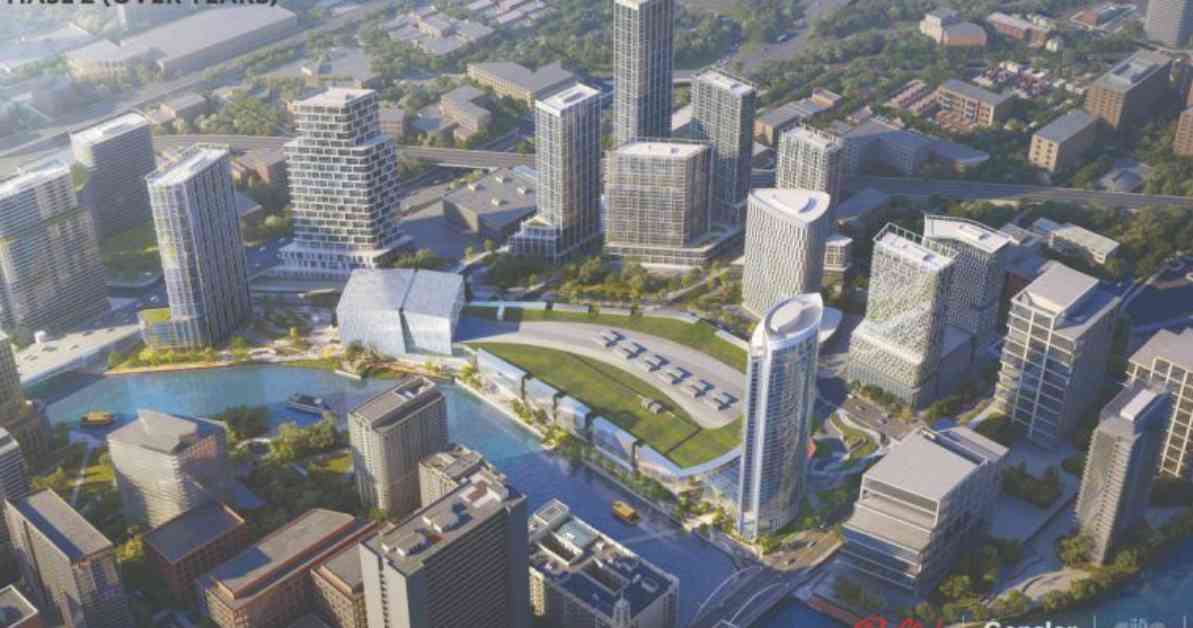The concerns over bird conservation have been raised by Bird Friendly Chicago regarding the construction of Bally’s permanent casino hotel in Chicago. The group, comprised of the Chicago Ornithological Society, Chicago Bird Alliance, and Chicago Bird Collision Monitors, believes that the revised hotel plans could pose a significant threat to the thousands of birds that pass through the area.
Initially, Bally’s had planned to build the hotel on the northern end of the property, but due to concerns about potential damage to underground infrastructure and water supply issues for neighboring communities, the company decided to move the 500-room tower to the southern portion of the land. However, Bird Friendly Chicago is still worried about the impact of the new location on the Chicago River, as it could become a hazard for birds.
Chicago is a crucial pathway for migratory birds, with millions of birds from various species passing through the city each year. The region’s green spaces have historically provided resting and feeding grounds for birds, but the urban environment has introduced new hazards such as hazardous lighting and glass that pose risks to the avian population.
The use of transparent glass and heavy nighttime lighting in the construction of the Bally’s casino could make it particularly dangerous for birds, as these features can confuse and disorient migrating birds, potentially leading them to collide with the building. This is a significant concern given Chicago’s history of bird deaths, with thousands of birds from over 200 species found dead around the city in the past two decades.
One notable incident involved nearly 1,000 birds colliding with a glass building at the McCormick Place Lakeside Center last year. Bird collision monitors have reported picking up around 600 birds annually within a half-mile radius of the Bally’s casino site, indicating that the actual number of bird casualties may be much higher.
Bird Friendly Chicago’s concerns highlight the importance of considering the impact of urban development on local wildlife, particularly migratory bird populations. As cities continue to grow and expand, it is essential to prioritize environmental conservation efforts to protect vulnerable species and promote coexistence between humans and wildlife.



